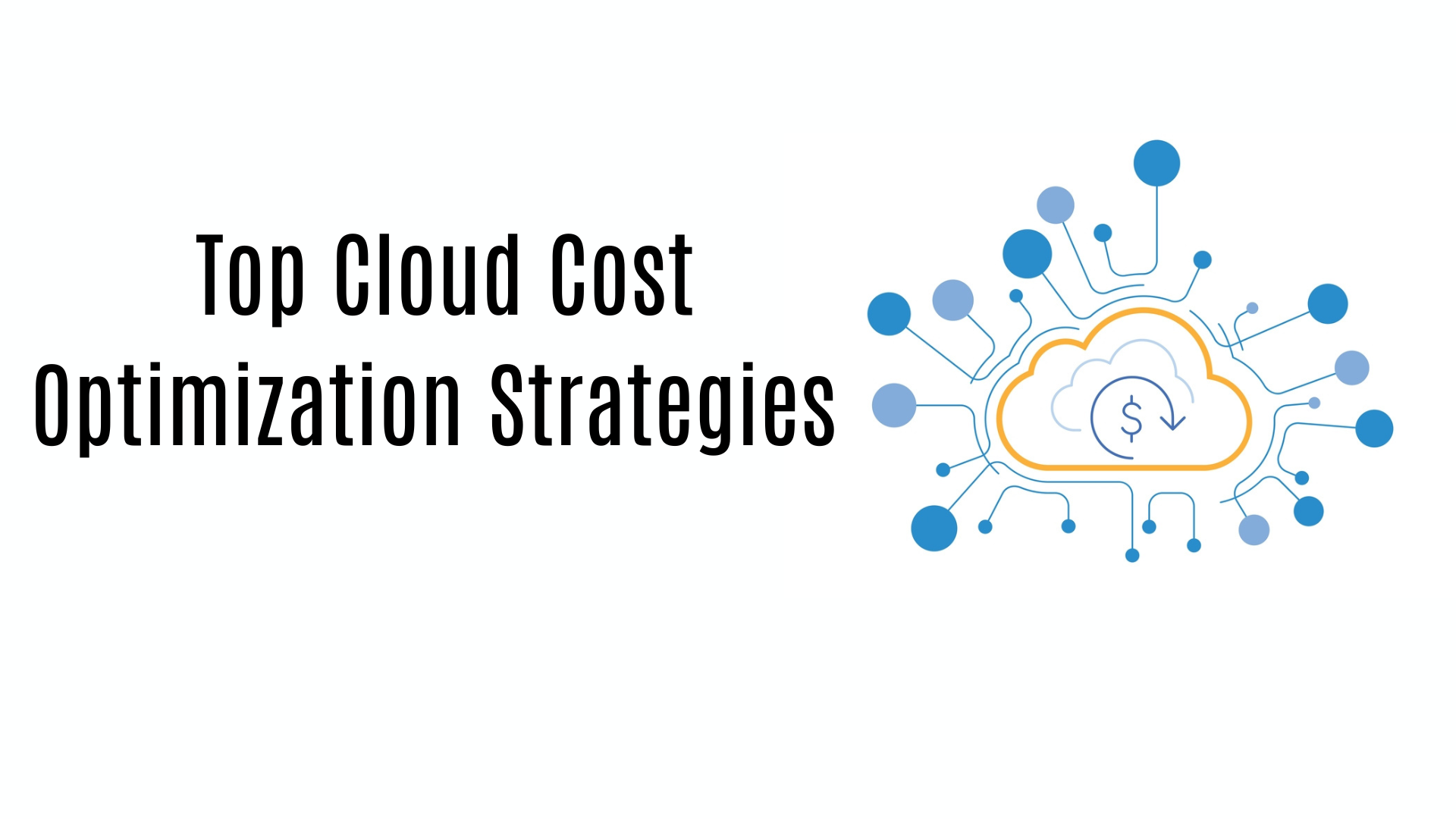In today’s digital-first economy, the cloud is your launchpad. But, without proper oversight, it can also become a huge hole in your budget.
As several big companies continue to migrate to the cloud to improve scalability and innovation, there’s a hard truth emerging that availing cloud services isn’t inherently cheap, unless you manage them smartly. So, whether you’re a fast-growing startup or running a big-scale enterprise, mastering cloud cost optimization is no longer optional; it has become a necessity.
In this blog, you will explore the proven cloud cost optimization strategies and best practices that allow businesses to reduce cloud costs without compromising performance or growth. So, let’s dive in :
Why Cloud Cost Optimization Matters More Than Ever?
Cloud adoption is soaring, but so are cloud bills. According to the latest industry reports, nearly 30% of cloud spending is wasted due to underutilization, idle resources, and poor planning.
As more & more businesses are increasingly relying on cloud cost management strategies to stay lean and scalable, the focus has shifted to maximizing cloud cost efficiency while keeping performance at peak. This is where smart cloud cost optimization tools and techniques become game-changers. Along with cloud, you can also need to choose the right tech stack according to your project.
The 7 Core Cloud Cost Optimization Strategies to Reduce Your Cloud Bills
1. Right-Sizing Resources
Being an entrepreneur, you need to know that not all workloads require the same horsepower. Often, companies over-provision virtual machines, storage, or databases “just in case.”
Right-sizing involves critically analyzing usage patterns and downgrading oversized instances to match actual needs.
- Use native cloud cost optimization tools like AWS Compute Optimizer or Azure Advisor.
- You can also set up auto-scaling to adjust based on real-time demand.
2. Shut Down Idle Resources
Idle resources are silent budget killers. Therefore, whether it’s a staging environment left running over the weekend or unused storage volumes, these can increase the overall costs.
- Automate start/stop schedules for non-production workloads.
- Regularly audit resources to identify zombie assets.
3. Use Reserved and Spot Instances Wisely
Cloud providers offer massive discounts for reserved instances (RIs) and spot instances when you commit to usage upfront or allow for interruptions.
- Use RIs for steady-state workloads.
- Use spot instances for batch processing, data crunching, or test environments.
This is one of the top tactics in any effective cloud cost optimization strategy.
4. Implement Multi-Cloud and Hybrid Strategies
Avoid vendor lock-in and gain pricing flexibility by distributing workloads across multiple cloud vendors. For this, you can :
- Compare costs between AWS, Azure, Google Cloud, and others.
- Route different workloads to the most cost-effective provider.
- Partner with top-notch cloud computing app development companies to know which strategies will work best for your project.
5. Monitor and Forecast with Cost Management Tools
Several tools like AWS Cost Explorer, Azure Cost Management, and Google Cloud’s Billing Console provide real-time visibility into cloud spend.
- You can track anomalies in daily usage.
- Forecast future expenses with predictive analytics.
Using these cloud cost management software solutions is essential for financial planning and preventing billing surprises.
6. Optimize Storage Costs
Data storage often silently increases your overall bills. Leverage tiered storage to optimize:
- Archive infrequently accessed data in cold or glacier storage.
- Use object lifecycle management to automate transitions.
This is one of the lesser-known but highly effective cloud optimization techniques.
7. Adopt FinOps Culture
FinOps (Financial Operations) is a cloud financial management practice combining tech, business, and finance teams to drive accountability.
- Encourage engineering teams to track costs tied to their resources.
- Integrate cost alerts and reporting into DevOps workflows.
No doubt, a FinOps approach elevates cost-awareness as part of your core cloud strategy.
Cloud Cost Optimization Best Practices for 2025
Alongside strategies, here are cloud cost optimization best practices that smart teams implement to stay efficient:
- Tag resources religiously for better tracking and cost attribution.
- Establish budgets and auto-notifications for overages.
- Consolidate cloud accounts to maximize volume discounts.
- Run monthly cloud spend reviews across departments.
- Adopt containers and serverless for better utilization.
Future-Proofing Your Cloud: The 2025 Outlook
As the cloud cost optimization landscape is continuously evolving, businesses will embrace more automation, AI-powered insights, and policy-driven cost controls.
The future is all about the following :
- Predictive optimization over reactive monitoring
- AI-generated recommendations for real-time cost-saving actions
- Greater synergy between FinOps, DevOps, and SecOps teams
Shortly, cloud will continue to power innovation, but only those with the right cloud cost optimization strategy will scale it smartly.
Wrapping Up :
Cloud doesn’t have to be expensive. With the right strategies, tools, and mindset, you can achieve exceptional cloud cost efficiency while building scalable, high-performing apps.
All you need to do is follow these cloud cost optimization best practices, and you’ll not only reduce cloud costs but also build a sustainable cloud ecosystem that supports growth and flexibility.
So, it’s time to stop thinking of cloud as an expense and start managing it like a strategic asset. Get ready to optimize your cloud spend in 2025 and start with the right tools & tactics.
